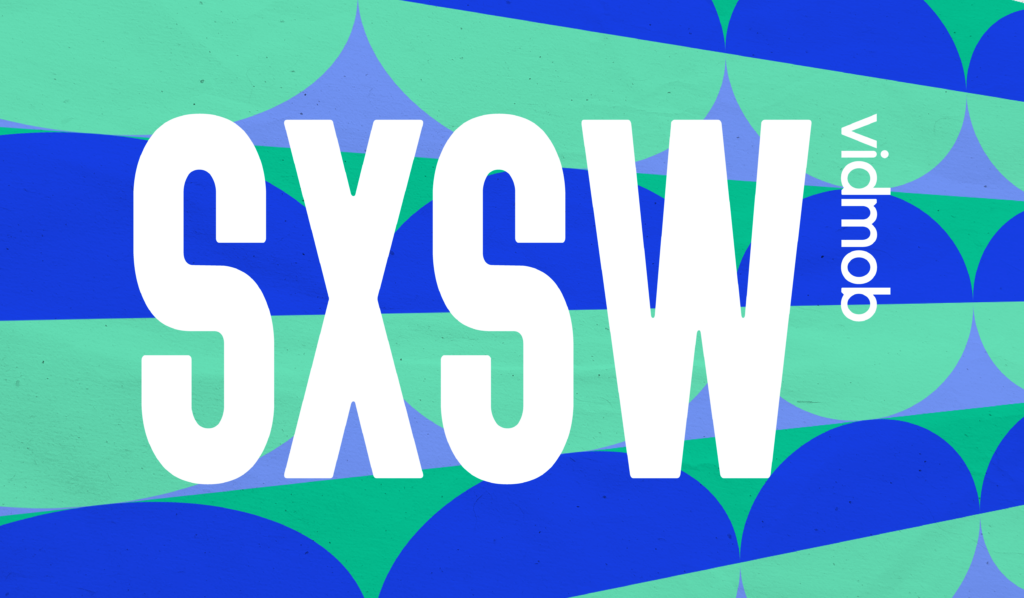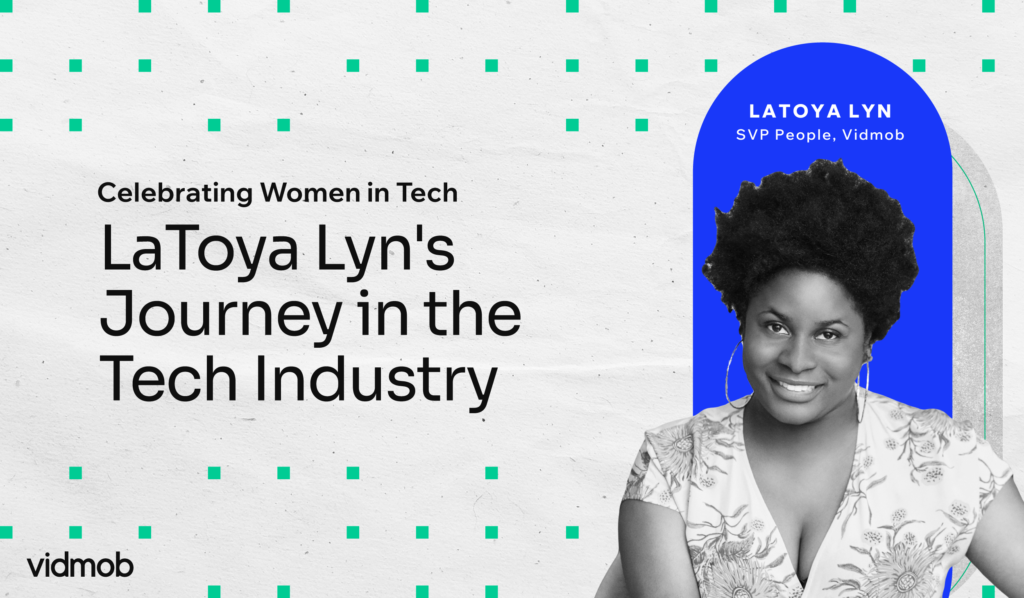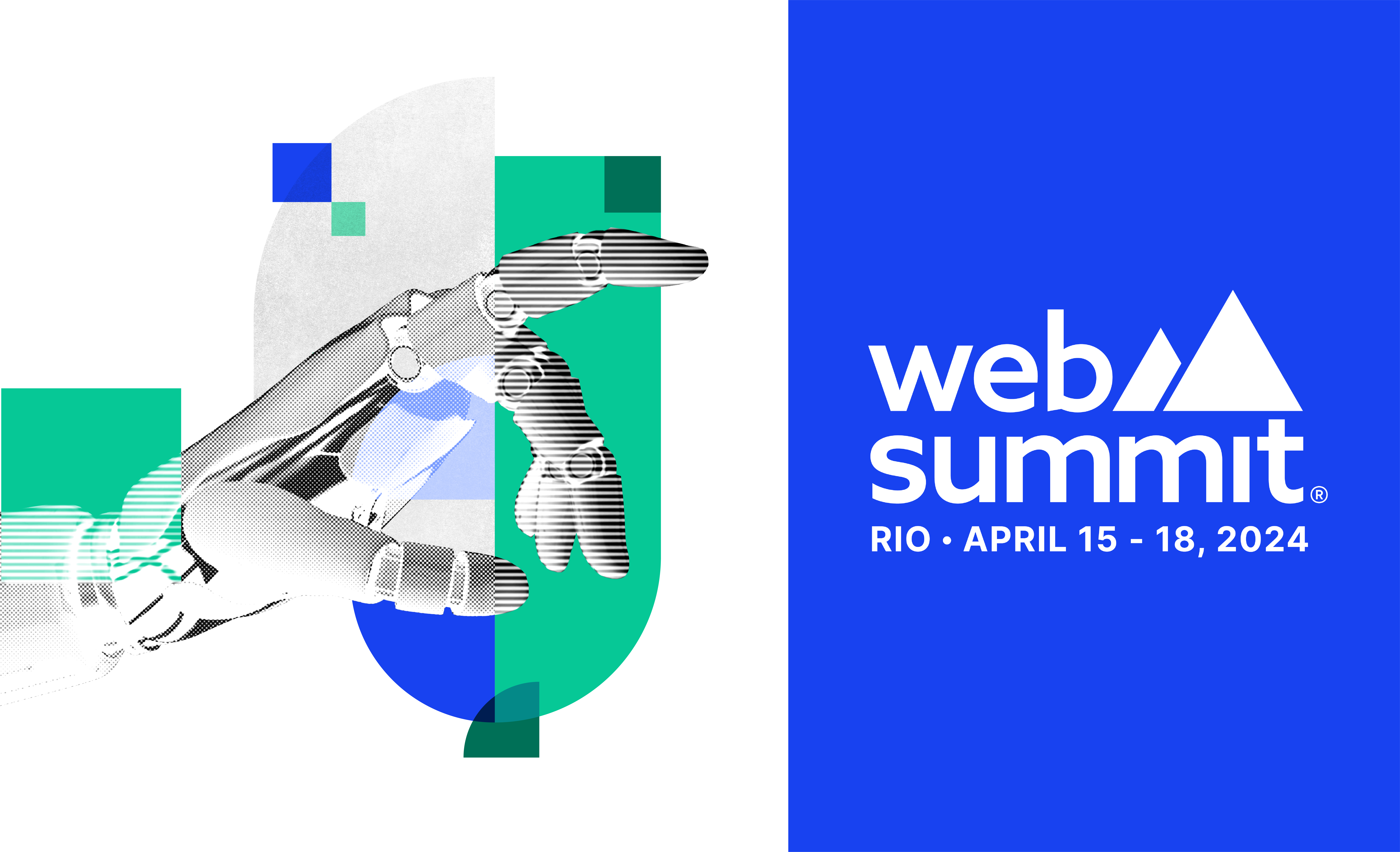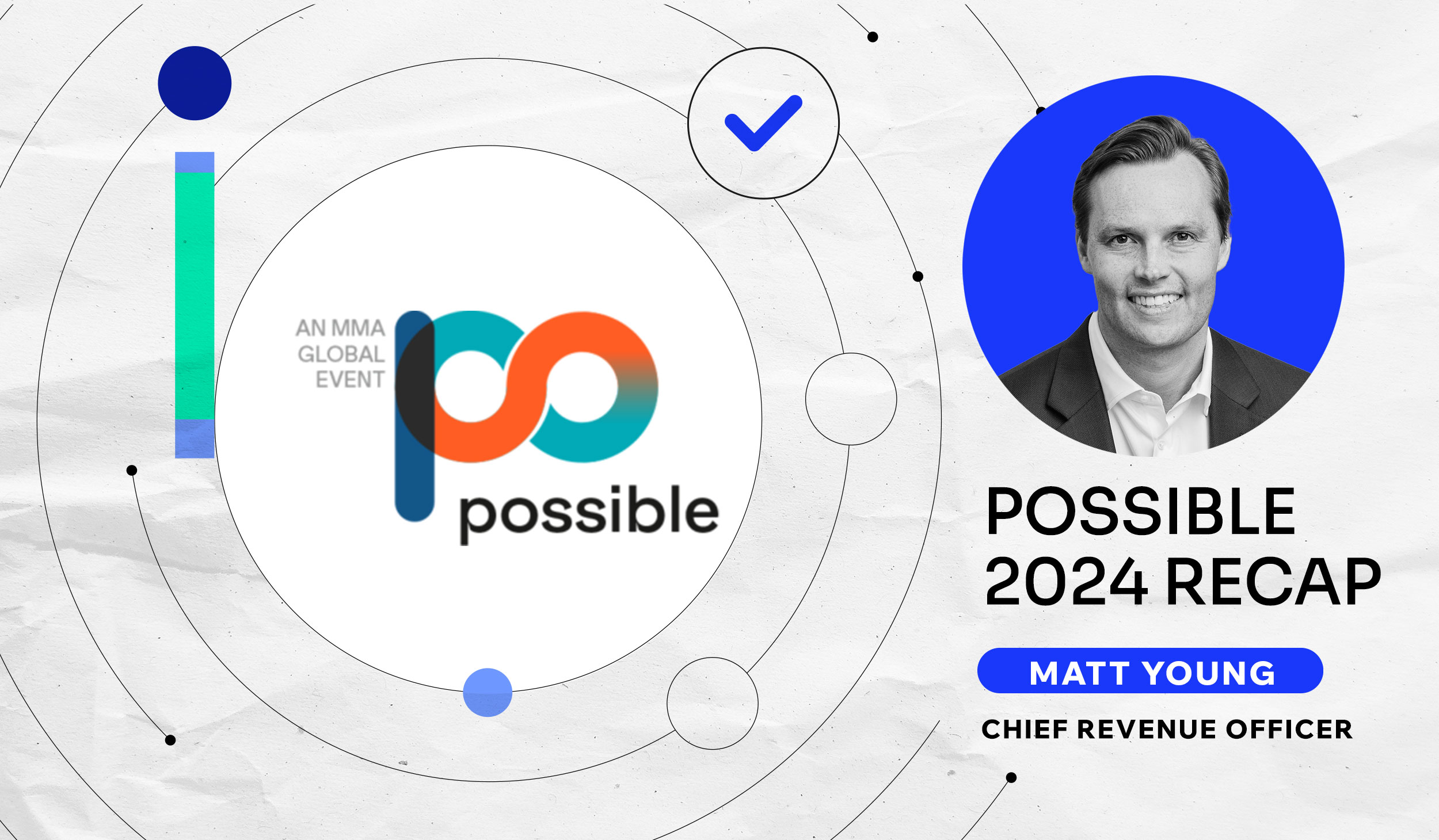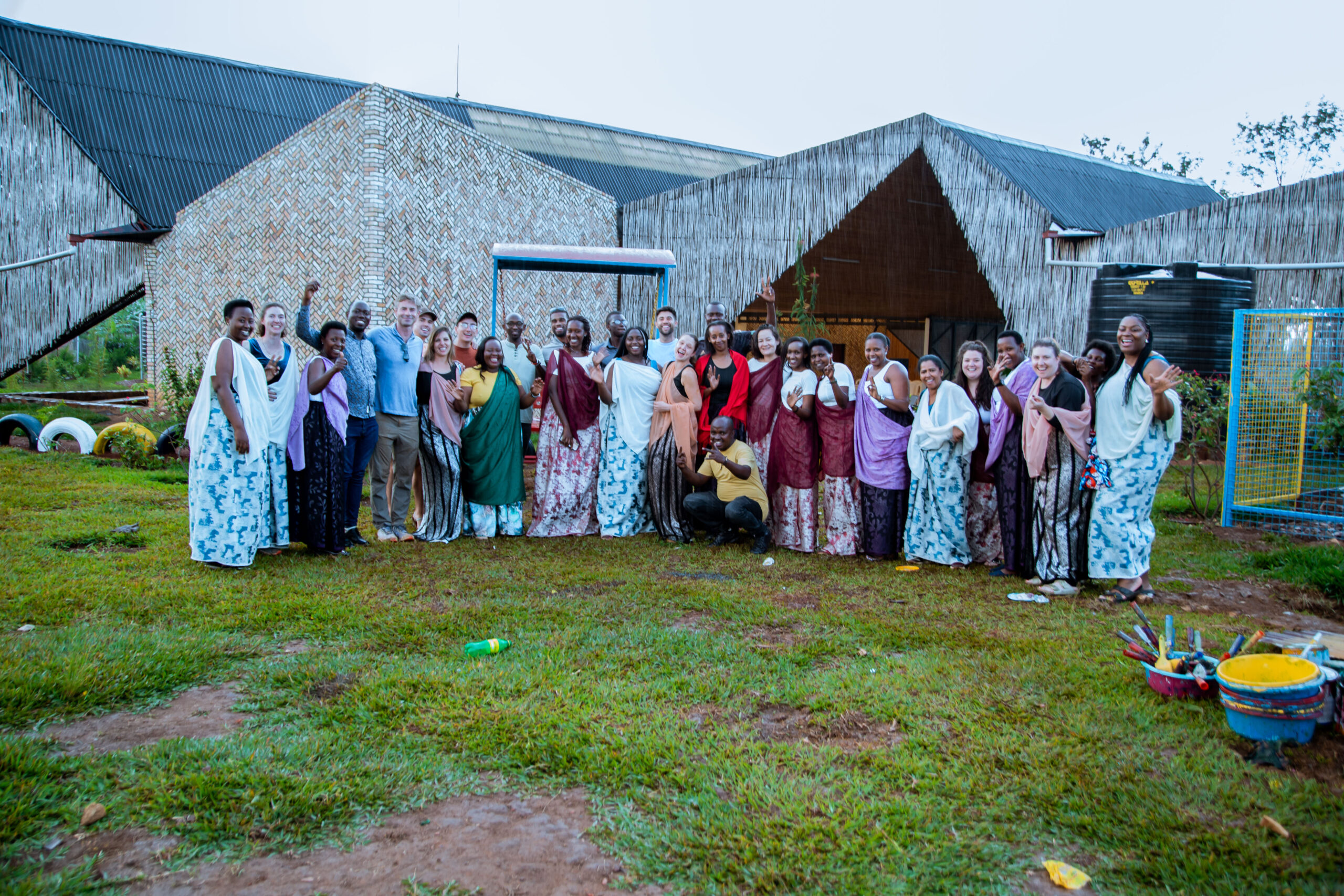Tech + Human Systems

There is a common misconception that technologies which require human involvement are necessarily less valuable than their more automated peer set. This is certainly true in some instances, but like all generalizations, it breaks down in others.

VidMob was born around the belief that one of the areas it breaks down is in the analysis and creation of creative assets, particularly those used for marketing. From the beginning, we believed that this theory broke down in two ways, both of which created opportunity for our company.
First, we believed that pure technology solutions for creation would fall short by definition. Templated creative tools make templated creative. Period. And if Shoe Company X and Shoe Company Y are using similar template creators, their marketing dollars will, at least in part, be marketing their similar-looking competitor. On the flip side, the core promise of dynamic creative engines is that given enough permutations, one is bound to work. It’s the law of numbers. Nassim Taleb captured this brilliantly in his great book, Fooled By Randomness, when he posited that if you give a million monkeys a typewriter, one of them is bound to write The Iliad. His point was that you wouldn’t then want to pay that monkey a signing bonus in the hope that he’ll write The Odyssey next. But a marketer’s concerns are different. I’m not afraid of the royalty advance. Instead, I’m afraid of forcing 999,999 people to read what the other monkeys wrote – with my brand plastered on the cover!
When it comes to your brand, there is nothing more expensive than bad creative, even when it’s free.
Second, we believed that pure technology was not the best path to deliver returns to our investors. After all, if a problem is easy to solve, then everyone will solve it. And as a result, there are countless templated creators, algorithmic editors and dynamic creative / personalization tools today. In this field, there is nothing we could do that Facebook, Amazon, Google, or nearly any other player with nearly infinite engineering resources couldn’t do equally well. So, we set our sights on the intersection of technology and human services, not because it was easy, but because it was hard (sorry JFK). Our mission was and is to build technology that enhances human creativity.
A Platform to Augment Human Skills
I read a quote once that has stuck with me to this day. It was about general fears surrounding AI and the impact that it was going to have on jobs.
“You’re not going to lose your job to an AI. But you will lose it to someone who uses AI better than you.”
While I know that this isn’t true in all industries, it fits squarely with what we see happening at VidMob on both halves of our platform; data and creative. In our context, I think both sides line up in the upper right quadrant of Kai-Fu Lee’s AI impact assessment matrix:

Yes, technology has an enormous role to play in marketing creative, specifically in measuring and improving creative performance. VidMob’s platform makes creative more scalable, more efficient and more data-informed, but it doesn’t replace the root need for the human creator. It just makes her better at her job.
And similarly, technology can play an even bigger role in the burgeoning field of creative intelligence. VidMob’s machine learning pipelines can ingest tens of thousands of creative assets with a single button click, programmatically unpack all of the creative attributes on a frame by frame basis, ingest all of the performance information for those same assets and then begin to analyze that data. We did this for nearly 200,000 ads last month alone! But within that data lies stories and hypotheses that today are best unpacked in conjunction with highly trained human analysts and data scientists.
The technology that we’ve built isn’t eliminating the job of a data analyst. It’s creating an entirely new field of analysis, and by combining human assessment with programmatic tools, VidMob’s platform generates immediately actionable insights that marketers have only dreamed of until now.
A Machine for Scaling Tech-Enabled Services
What the VidMob platform does today for creators and data analysts should give a window into the repeatable process at the center of VidMob’s product development. Here are the steps in the machine:
1) Identify tangential problems that today are best solved by people and can be provisioned virtually (eg. You don’t need to be in London to provide service to someone on Oxford Street).
2) Solve them manually.
3) Build software to make your manual solution scalable and logically integrated into the rest of the platform.
4) Push the new service out to the marketplace.
5) Repeat.
The fact that the automobile required a human driver didn’t take away from the value of the invention. That tech plus human hybrid changed the world. And by being willing to offer a hybrid solution, its impact was felt 100 years earlier than it would have otherwise. Over a century later, we’re inching closer to a fully automated version, but even when that is finally rolled out, it will only serve to create new service opportunities.
AI is transforming every industry – from drug development to manufacturing to agriculture – but the secret sauce in many cases is harnessing the power of collaboration between human and artificial intelligence. The bridge to the future is collaborative intelligence. On this point, a recent article in the Harvard Business Review had the following to say:
“Certainly, many companies have used AI to automate processes, but those that deploy it mainly to displace employees will see only short-term productivity gains. In our research involving 1,500 companies, we found that firms achieve the most significant performance improvements when humans and machines work together.”
The opportunity today with AI and ML in the creative space is no different. We could shrink our vision and only focus on what can be meaningfully accomplished today in a fully automated way. But the results will be narrow and the actual impact will be small. Or, we could build hybrid systems that constantly push the bounds of what is possible NOW, and as we saw happen with cars and their human drivers 100 years ago, change the world in the process.
At VidMob, our choice is obvious.

